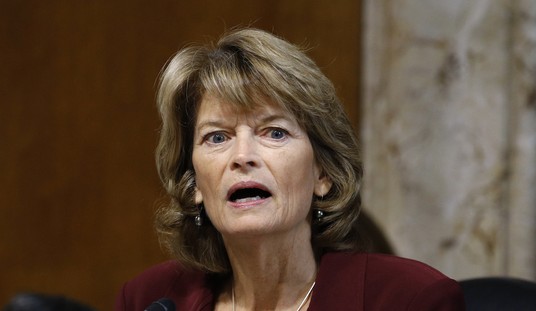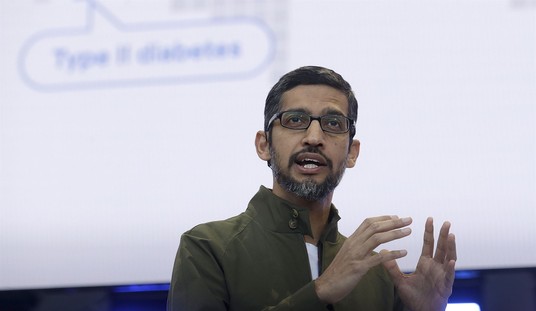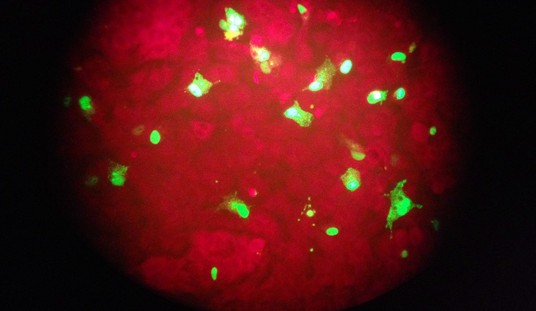Earlier this month researchers from the University of Southern California’s Keck School of Medicine set up drive-thru testing sites in six locations around LA County. The researchers used a proprietary database they say is “representative” of the entire county and gave people an antibody test. What they found is that far more people in LA County have had the virus than are aware of it. The research is unfinished and hasn’t been peer reviewed yet but LA County public health published the early results which show that around 4 percent of people have already had the virus:
Based on results of the first round of testing, the research team estimates that approximately 4.1% of the county’s adult population has antibody to the virus. Adjusting this estimate for statistical margin of error implies about 2.8% to 5.6% of the county’s adult population has antibody to the virus- which translates to approximately 221,000 to 442,000 adults in the county who have had the infection. That estimate is 28 to 55 times higher than the 7,994 confirmed cases of COVID-19 reported to the county by the time of the study in early April. The number of COVID-related deaths in the county has now surpassed 600.
“We haven’t known the true extent of COVID-19 infections in our community because we have only tested people with symptoms, and the availability of tests has been limited,” said lead investigator Neeraj Sood, a USC professor of public policy at USC Price School for Public Policy and senior fellow at USC Schaeffer Center for Health Policy and Economics. “The estimates also suggest that we might have to recalibrate disease prediction models and rethink public health strategies.”
The results have important implications for public health efforts to control the local epidemic.
“These results indicate that many persons may have been unknowingly infected and at risk of transmitting the virus to others,” said Dr. Barbara Ferrer, director of the L.A. County Department of Public Health. “These findings underscore the importance of expanded polymerase chain reaction (PCR) testing to diagnose those with infection so they can be isolated and quarantined, while also maintaining the broad social distancing interventions.”…
“Though the results indicate a lower risk of death among those with infection than was previously thought, the number of COVID-related deaths each day continues to mount, highlighting the need for continued vigorous prevention and control efforts,” said Dr. Paul Simon, chief science officer at L.A. County Department of Public Health and co-lead on the study.
The press release doesn’t do the math but if 4.1% of the county has had the virus, that’s roughly 324,000 people who’ve had it. With a current death toll of 617 as of today that means a death rate of something like .19 percent. Of course it could be higher or lower if you use the higher or lower estimate for how many people have had it.
The good news is that a lot of people may have had this with few if any symptoms. The bad news is that even the best case LA County is only slightly over 5 percent. To achieve herd immunity we probably have to get to 80 to 95 percent. So if we assume around 80 percent needed, and LA County is at 4 percent now, we still have a long way to go. That could mean another 11,000+ deaths and many thousands more hospitalizations before we get there. And if you assume the virus has been spreading in LA for perhaps two months to get us to 4 percent, we may have many months to go before we hit 80% recovered and immune.
Finally, we still don’t know how long immunity to COVID lasts. That’s critical because you can’t assume that once you’ve had it you’re immune for life. In fact, that’s probably not the case. STAT published a piece today about what we know about COVID immunity thus far:
Scientists who have looked at antibodies to other coronaviruses — both the common-cold causing foursome and SARS and MERS — found they persisted for at least a few years, indicating people were protected from reinfection for at least that long. From then, protection might start to wane, not drop off completely.
The experience with other viruses, including the other coronaviruses, has encouraged what Harvard epidemiologist Marc Lipsitch summed up as the “educated guess” in a recent column in the New York Times: “After being infected with SARS-CoV-2, most individuals will have an immune response, some better than others. That response, it may be assumed, will offer some protection over the medium term — at least a year — and then its effectiveness might decline.”…
The challenge, as the National Academies report highlighted, is that no one knew about this virus until a few months ago. That means they haven’t been able to study what happens to people who recover from Covid-19 — and if and how long they are protected — for more than a short period of time.
“One key uncertainty arises from the fact that we are early in this outbreak and survivors from the first weeks of infection in China are, at most, only three months since recovery,” the report said.
So while we’re adding up people who’ve had COVID as we hope to reach herd immunity, we also have to subtract those whose immunity is waning.
Update: I meant to link to this piece Allahpundit wrote Saturday about antibody test results from several places including Wuhan, the Netherlands, Massachusetts and King County, Washington. The ranges vary widely but some are in the same range of 2-3 percent, not that different than this USC study.








Join the conversation as a VIP Member